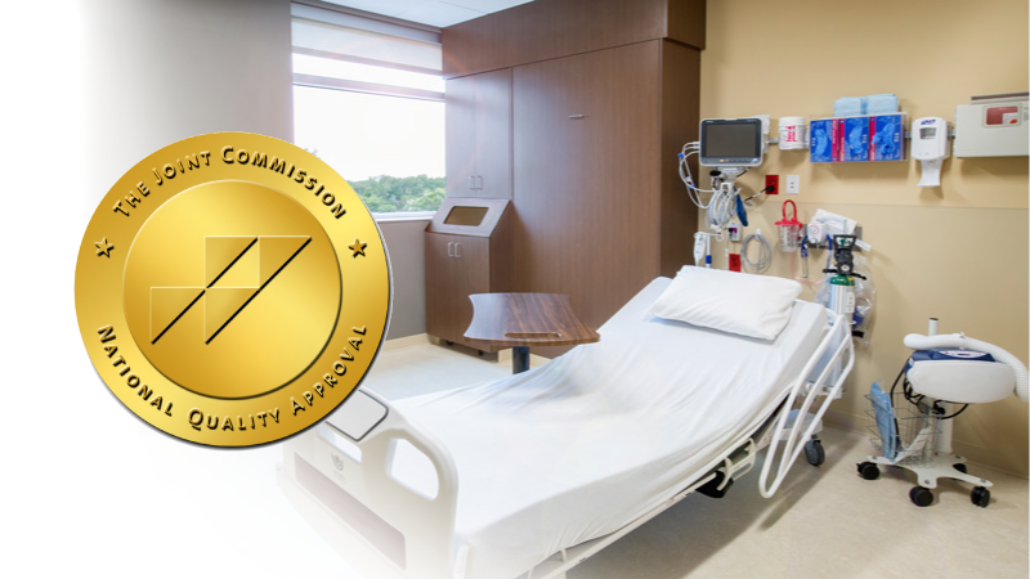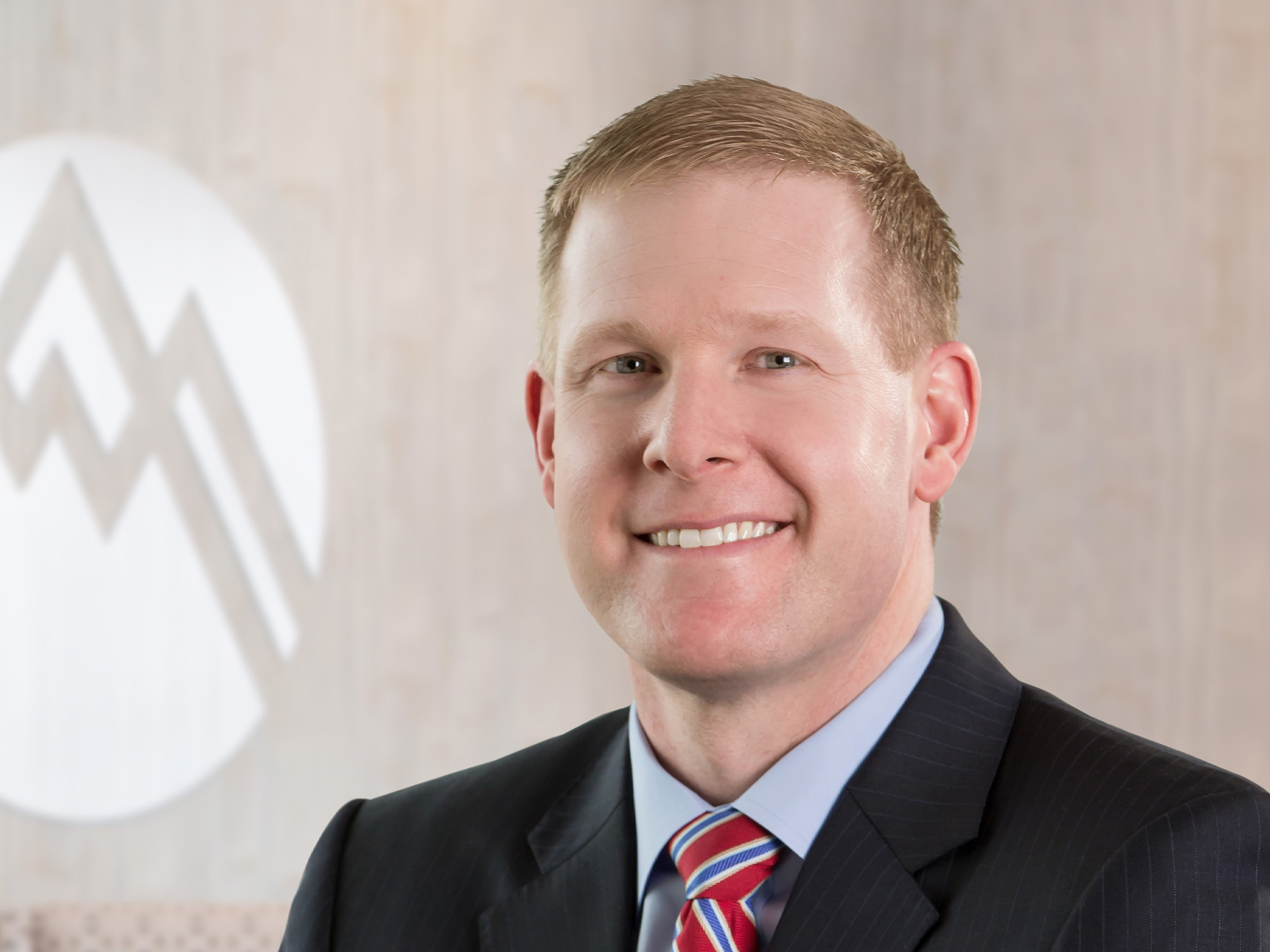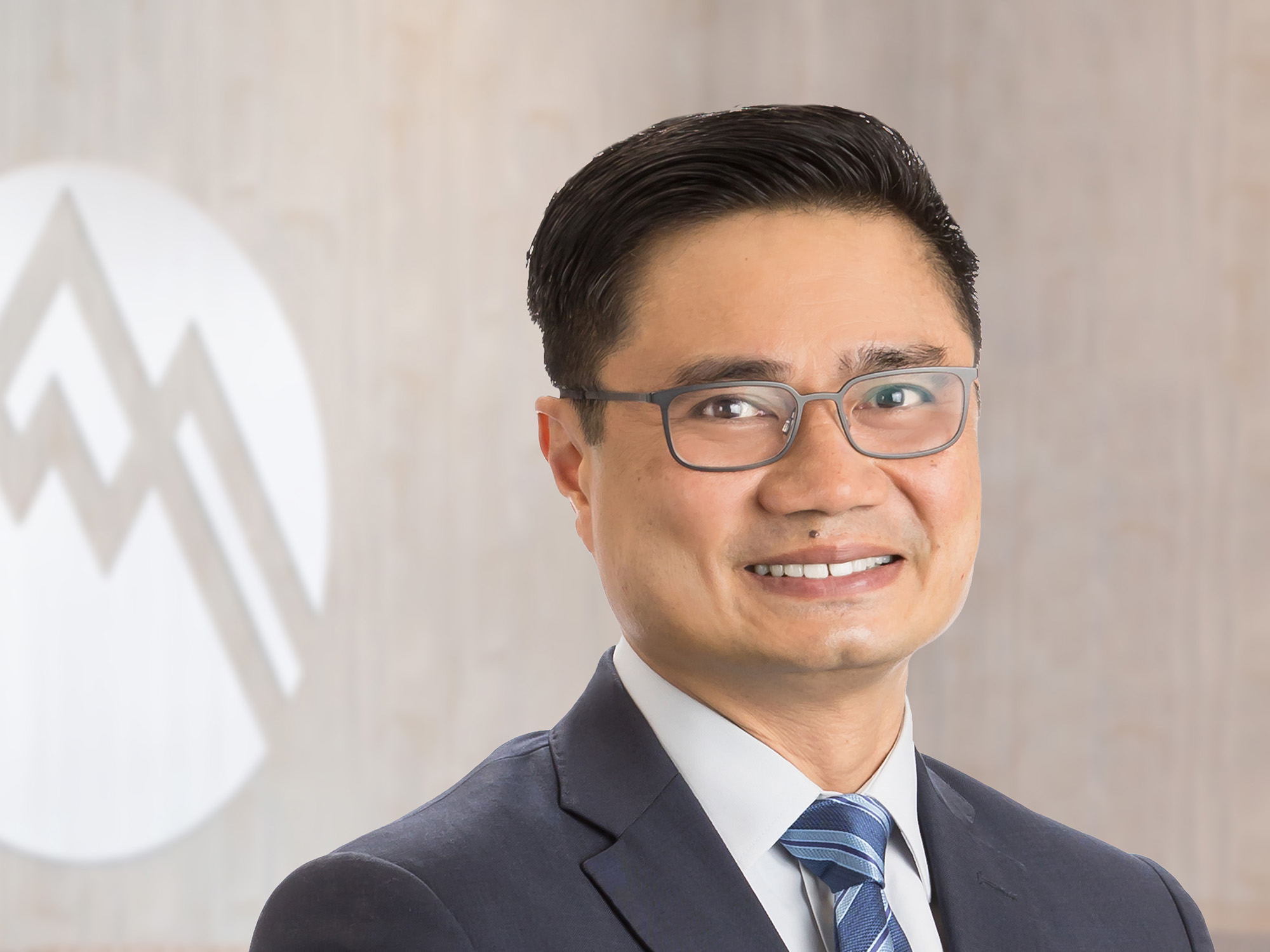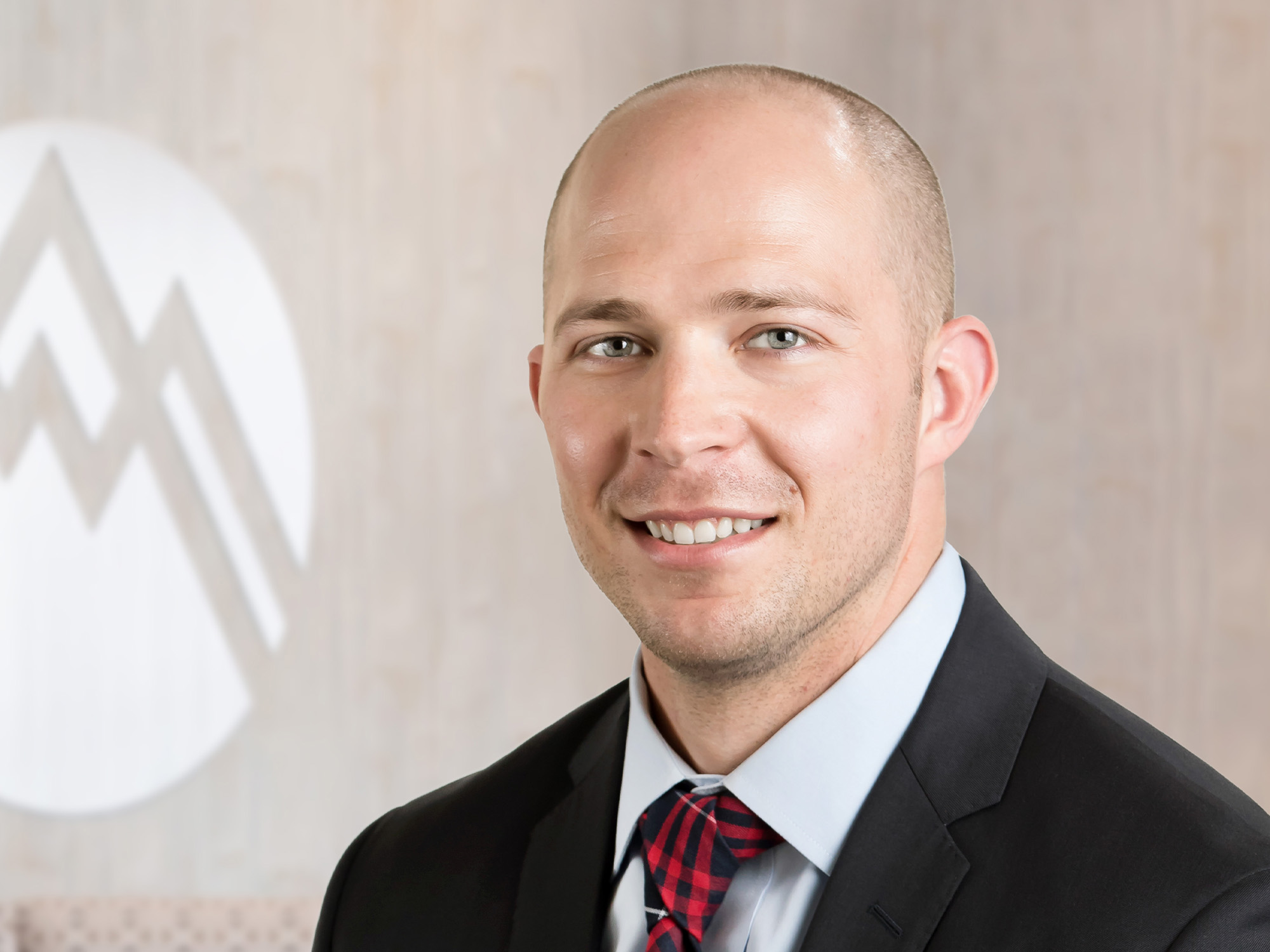Summit’s spine fusion certification is the gold standard in surgical safety.
Summit Orthopedics’ Eagan Surgery Center is the first surgery center in the country to be recognized with spine fusion certification by The Joint Commission. But what does this mean for the surgical safety of spine patients treated at Summit? Summit spine surgeons Dr. Nick Wills and Dr. David Strothman explain the relationship between certification and quality of care. They also address the safety of hospital versus surgery center care. Finally, they detail the safety steps taken to ensure that Summit delivers a superior quality of care to each patient.
Safety benefits of Summit’s certified spine care
“Our goal is to provide the absolute safest environment for every single patient that comes into our center,” states Dr. Strothman. “In fact, we want to provide a safer, better environment than a hospital does. The media has raised concerns that doing spine fusion surgery in a surgery center is not safe. The reality is that spine surgery is complex. But our certification demonstrates that spine surgery can be performed very safely in a surgery center. The specific surgical setting doesn’t matter as much as the screening of appropriate patients, the training of the surgeons and medical team, the facility resources, and the protocols in place to make sure patients get everything they need. Recognition by The Joint Commission means that many significant aspects of Summit spine care are above and beyond the usual standard of orthopedic care.”
Surgery center size and technology support surgical safety
There is a perception that surgery centers are small one- or two-room facilities,” says Dr. Strothman. “But the surgery center at Summit’s Eagan location is larger than most surgery centers and even some hospitals. We have six surgery rooms and staff commensurate to what you will find in a hospital. Our sheer size combined with our breadth and depth of resources distinguishes us from most physician-owned surgery centers. Additionally, as an independent practice, every member of our team is a Summit employee with a vested interest in the patient and Summit’s care process. Our team shares the same interest, the same focus, and the same dedication to providing the best experience for every single patient.”
Careful surgical candidate screening
“Our protocols include very careful screening for appropriate patient selection,” notes Dr. Wills. “Not every patient is healthy enough to be surgically treated at an outpatient surgery center. Thanks to our screening protocols, patients who are at high surgical risk are referred to a hospital with the additional resources to handle complications. Our patients are initially screened during their surgeon consultation. However, we build in an additional screening safeguard. Our nurse practitioner reviews the medical history of every surgical candidate to identify potential risks. These could include narcotic use, dangerous weight, or medical comorbidities that put a patient at high risk for a cardiac or lung problem following surgery. It’s an extra layer of personal attention that elevates our surgical safety.”
Highly trained surgical team
“Expertise develops with the number of surgeries performed,” states Dr. Wills. “This is why we moved all of our spine surgery to our Eagan surgery center. Our team does a lot of complex procedures. As a result, our surgeons and nurses are better at it. And the more frequently our nurses see spine patients in post-op, the higher the likelihood that they will recognize and address problems early. As a result, we catch and treat small problems before they get to be big problems. The quantity of spine surgeries we do has a direct relationship to the quality of care that patients get.”
Lower infection rates than hospitals
One advantage provided by a surgery center is lower infection risk. In a hospital setting, two out of every hundred lumbar fusion surgeries become infected. “Lumbar fusions carry higher infection risks than cervical fusions,” notes Dr. Wills. “That’s because lumbar surgeries take longer to heal and are more prone to drainage and bleeding. Over a 10-year practice, performing more than 1,000 spine surgeries, I’ve encountered only one infection.”
There is an obvious reason for an overall lower infection rate in surgery centers versus hospitals. “Unlike hospitals—surgery centers aren’t treating a population of sick people,” explains Dr. Wills. “Now, if you are an elderly surgery patient with multiple comorbidities and surgical complication risks, the hospital is the safest place for your surgery. But if you’re young and healthy and need surgery, you needn’t risk the higher rate of hospital infections. You can safely have your surgery at Summit, where your risk of exposure to infection is significantly lower.”
Multimodal anesthesiology reduces use of narcotic medications
Safe pain management is critical to patient comfort and good outcomes. “Most practices contract out anesthesiology services,” explains Dr. Wills. “We made the decision to employ three dedicated anesthesiologists who research new techniques to provide better pain control with less pain medicine. As a result, Summit provides multimodal pain management that hospitals aren’t willing to pay for. One example is Exparel, a long-acting numbing medicine that works like novocaine to keep patients more comfortable in the first two to three days following surgery. Hospitals won’t use Exparel. At Summit, even though we can’t charge for it, we provide Exparel; we think it’s better for our patients. We know that when patients are in less pain, they mobilize faster. This reduces risks of blood clots, nerve damage, and other complications. Surgery is painful, but if we can help our patients to hurt less and recover faster, that’s great!”
O-armTM CT scanner elevates surgical accuracy
“As far as I know, Summit is the only local surgery center with an O-arm CT scanner,” observes Dr. Wills. “This technology enables us to place surgical screws with precision. It allows us to address potential surgical safety issues before they become a problem for the patient.”
Mandatory overnight stay safer for cervical patients
“We take extra precautions with our cervical spine patients,” states Dr. Strothman. “Data indicates that these operations can be safely performed in a surgery center. Monitoring the patient for four hours following surgery is recommended. Any complications are most likely to occur within that initial window. But we keep every cervical patient overnight as a matter of extra safety—just as hospitals do. We believe this is the absolute safest way to monitor patients and prevent potentially life-threatening retropharyngeal hematoma complication.”
A retropharyngeal hematoma is a collection of blood underneath the trachea and esophagus that can then obstruct somebody’s airways. This complication usually presents in patients who have surgery, are discharged, and go home only to develop breathing problems. “We believe that our protocols both during, before, and after surgery minimize this complication and help us to identify at-risk patients and get them appropriate, timely care,” says Dr. Strothman.
Standardized protocols streamline safety
Standardized processes and surgical safety protocols for each patient have been key to Summit’s quality of care. “We’ve worked really hard to standardize all of our processes,” says Dr. Wills. “Standardization is not something you find everywhere, and it can’t be underestimated. To get seven spine surgeons to agree on one protocol is very difficult. It’s like getting seven quarterbacks to agree to run their offense the same way. But Summit is invested in standardized protocols before surgery, during surgery, and following surgery. Our protocols eliminate uncertainty, foster surgical safety, and give our team the tools needed to make each patient’s experience great.”
Low readmission rate reflects better outcomes
One consequence of Summit’s surgical protocols is our very low patient readmission rate. “This rate reflects more than correctly done surgeries,” observes Dr. Wills. “When we talk to patients in pre-op, we review all their medications. Then, we prep them so they know exactly what to expect during and following surgery. Surgery is disconcerting. For this reason, our protocols are designed to minimize risk and maximize patient experience. When you do all of these things for your patients, you get better results.”
Physician decision makers improve surgical safety and quality of care
“In a physician-run surgery center, our physicians—not hospital administrators—make decisions about the acceptable cost of care,” says Dr. Wills. “An example is our use of Exparel. This numbing medicine is not used in hospitals, because hospital administrators are unwilling to pay for it. We aren’t reimbursed for Exparel either. We use it anyway because we think it’s the right thing to do for our patients. Our protocols focus on surgical safety and patient satisfaction, not a hospital bottom line.”
Dr. Wills points out that when physicians are facility decision makers, they make very different decisions. “The hospital administrator’s job is to make money,” he explains. “My job is to take care of patients. At our surgery center, physicians make the decisions. And our decisions are based solely on what is in the best interest of our patients.”
Informed choices guide you to the best care decisions
“Patients in Minnesota are smart and sophisticated,” says Dr. Wills. “They know what they want, and they are good consumers of healthcare. Nobody wants to have surgery. At Summit, we are not quick to move people to surgery. Our practice model begins with nonsurgical treatments. For 85 percent of our patients, those conservative treatments resolve the problem. But if you need surgery, our certification is irrefutable evidence that Summit delivers the gold standard of medical care and surgical safety. From our medical screening and pre-op/post-op preparation to less-invasive tissue-sparing surgical techniques to pain protocols using fewer narcotics, our care experience is designed to help you recover safely, quickly, and with confidence.”
Summit Orthopedics offers comprehensive spine expertise
Our back specialists diagnose spine problems and design custom treatment plans built on a conservative, nonsurgical approach. Most patients find relief through treatments including guided injections, specialized physical therapy, biofeedback, exercise, activity modification, and medication. When conservative care does not relieve symptoms, our highly skilled surgeons offer proven, evidence-based surgical options. Together with you, we will determine the right course of action.
Start your journey to a healthy spine. Find your spine expert, request an appointment online, or call us at (651) 968–5201 to schedule a spine consultation.
Summit has convenient locations across the Minneapolis-St. Paul metro area, serving Minnesota and western Wisconsin. We have state-of-the-art centers for comprehensive orthopedic care in Eagan, MN, Plymouth, MN, Vadnais Heights, MN, and Woodbury, MN, as well as additional community clinics throughout the metro and southern Minnesota.
More resources for you
- Read about spine fusion surgery
- Learn more about Joint Commission certification




